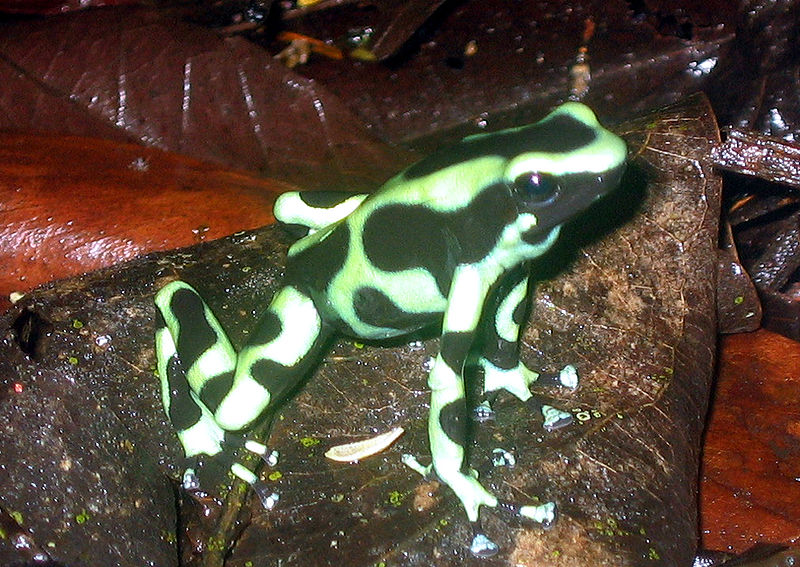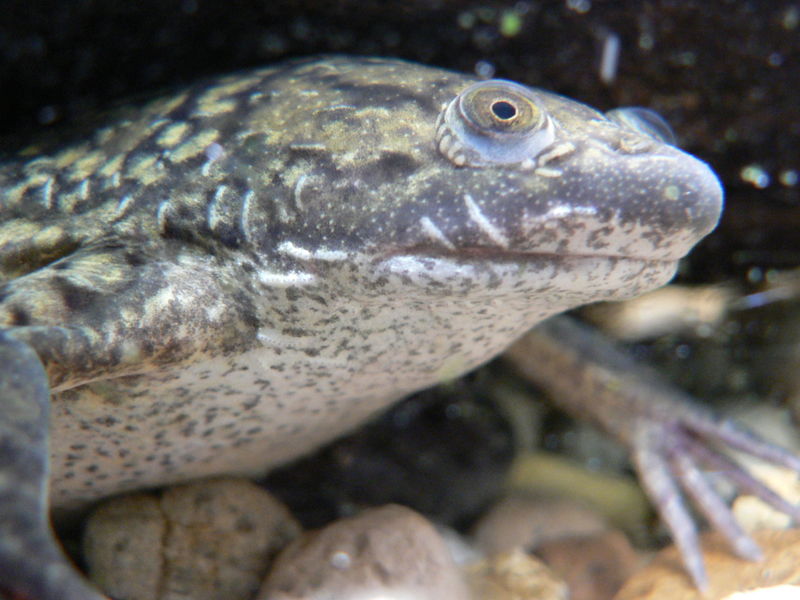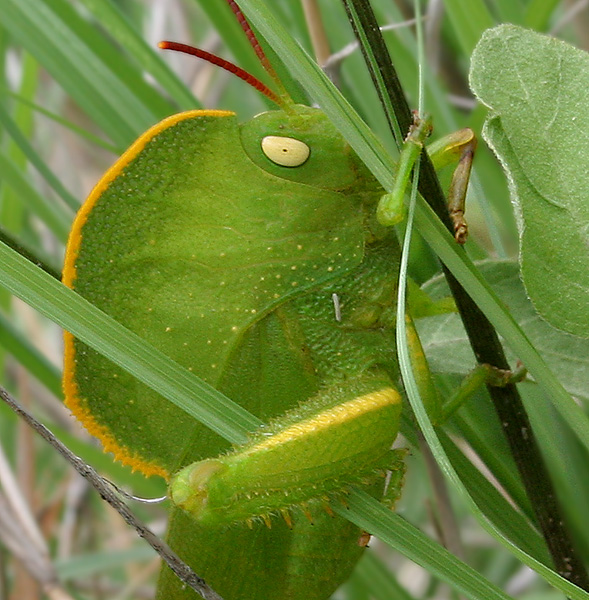 Dietary variety is the key to success in rearing many herps and invertebrates. Unfortunately, options for newly-transformed frogs and salamanders, Poison Frogs and other small species and hatchling spiders are limited. A diet of fruit flies, springtails and pinhead crickets sometimes suffices, but as I learned when rearing the endangered Kihansi Spray Toad, other foods are often necessary. Praying Mantid Egg cases (properly termed “oothecum”), which may be collected or ordered from commercial dealers, are a useful but under-appreciated resource for those who keep small insectivorous pets.
Dietary variety is the key to success in rearing many herps and invertebrates. Unfortunately, options for newly-transformed frogs and salamanders, Poison Frogs and other small species and hatchling spiders are limited. A diet of fruit flies, springtails and pinhead crickets sometimes suffices, but as I learned when rearing the endangered Kihansi Spray Toad, other foods are often necessary. Praying Mantid Egg cases (properly termed “oothecum”), which may be collected or ordered from commercial dealers, are a useful but under-appreciated resource for those who keep small insectivorous pets.
Foreign Mantids in the USA
The 2 most-commonly encountered mantids (or mantises) in the USA are both introduced (not native). The largest and most widespread is the Chinese Mantid, Tenodera aridifolia sinensis, brought here in 1896 to battle insect pests. The European or Praying Mantid, Mantis religiosa, arrived as a stowaway around the same time. They and the world’s other 2,400+ species, consume vast numbers of beneficial and harmful insects…in fact, a single Chinese Mantid may consume 20,000 or more insects in its lifetime! Read More »
 That Reptile Blog – Reptile, Amphibian and Exotic Pet Care and Information
That Reptile Blog – Reptile, Amphibian and Exotic Pet Care and Information




